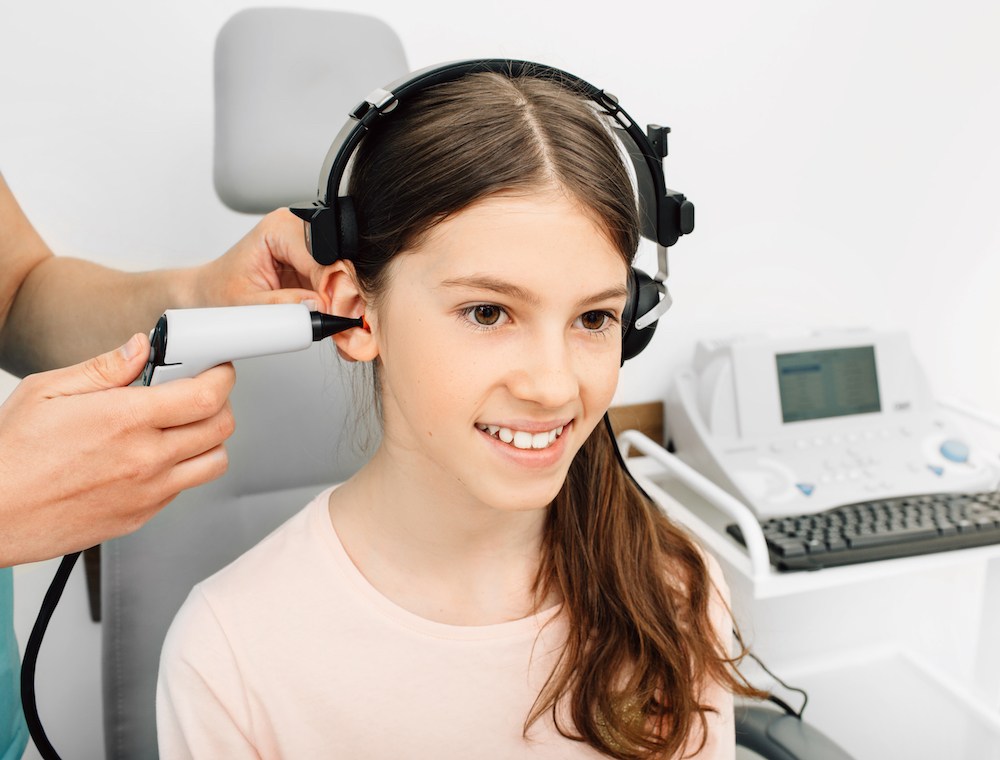How Audiologists Conduct Hearing Assessments
Understanding hearing loss can be a challenge. It often occurs very

By: admin | December 28, 2023
In terms of the amount of people they assist, and how many auditory conditions they can help with, hearing aids are counted as some of the best healthcare devices around. However, as with any device designed to help with conditions related to health, many misconceptions exist. Of course, it’s no failure on your part to have faulty assumptions or not know what to expect. If you’ve been diagnosed with hearing loss and recommended hearing aids, it’s natural to feel a little apprehensive.
Below, we’ll clear up some of the most common misconceptions surrounding the use of hearing aids, so you never have to worry about them again:
Hearing aids certainly are sophisticated and sensitive devices, but you won’t have to tune or clean them every single second of the day. For the most part, wiping them with a clean cloth, removing earwax, and using sterilizing cleaning solutions (but not liquid drops) is more than enough to keep your device in good condition.
It’s also wise to keep them safe in storage areas each night, preferably in a hard-shell carry case with foam inlays to prevent impact damage. Most of all, touching them only after washing your hands will prevent most skin oil buildup or bacterial growth you could otherwise cause.
It’s easy to think this because most people’s experience with hearing aids is seeing a pair their grandparents might have worn, given hearing loss mostly affects the elderly. However, modern hearing aids are often quite small, fit snugly in the ear and can even replicate your natural skin tone.
Again, it’s easy to think hearing aids are old and timeless devices thanks to how often memories associated with elderly use can define our perspective. Hearing aid models are growing in sophistication year after year, with many people using smartphone integrations, Bluetooth and noise-cancelation features when necessary.
This is also untrue. Hearing aids can be fitted within the first few months of an infant’s life if a comprehensive hearing inspection has deemed this necessary. Hearing aids are worn by people through all areas of life, regardless of age, gender and additional health conditions. They unlock the quality of life for many millions of people worldwide.
Of course, hearing loss is the most significant justification for wearing hearing aids. That said, they can also help with auditory rehabilitation, tinnitus, auditory processing disorders, and more. While it’s true that you may not need hearing aids for your particular condition, they can also be part of a multi-pronged treatment strategy for other conditions as well.
Hearing aids can be used for any extent of hearing loss, although audiologists will often grade the extent of hearing loss and discuss if hearing aids are necessary. Hearing aids can help individuals with even mild hearing loss avoid further deterioration.
Audiologists are best at calibrating your hearing aids and will invite you for regular checkups to make sure the devices are operating as required. That said, many hearing aids now provide the user the switch seamlessly from one sound profile to another. You have a great deal of control over how the hearing aid is used depending on your need, so don’t be afraid to ask for a full demonstration when having them fitted.
There are many methods for tackling tinnitus such as positive lifestyle changes, white noise machines, and even dental care if this environment has been aggravating the condition. Hearing aids can also be more than helpful in assisting tinnitus as well, as they can replicate a noise that helps cancel out its pronounced effect.
Hearing aids exhibit significant variability, with each device designed to cater to diverse individual needs. Factors such as the level of hearing loss, lifestyle, and personal preferences contribute to the distinctiveness of each hearing aid. From the style and size to the advanced features and technology incorporated, the differences among hearing aids reflect the evolution of auditory care, offering a range of options to meet the unique requirements of users.
At Baker Audiology & Hearing Aids, we pride ourselves on helping our patients find the perfect solution for their needs. Set up an appointment with us today by calling (605) 610-3466 and we’ll be happy to talk about our available devicees.
Tags: hearing aid basics, hearing aid repair, hearing aid styles

Understanding hearing loss can be a challenge. It often occurs very
By: admin | January 31, 2024

In terms of the amount of people they assist, and how many auditory
By: admin | December 28, 2023

Ensuring good hearing is essential for seamlessly navigating daily
By: admin | November 25, 2023
